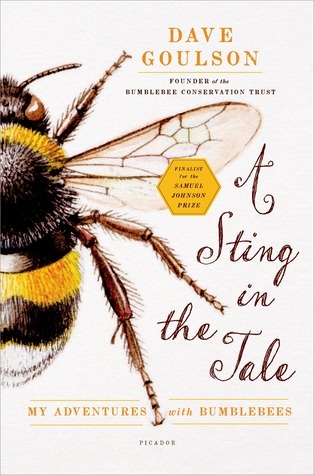What do you think?
Rate this book


288 pages, Hardcover
First published April 25, 2013
We have barely begun to understand the complexity of interactions between living creatures on earth, yet we often choose to squander the irreplaceable, to discard those things that both keep us alive and make life worth living. Perhaps if we save a bee today we can save the world tomorrow?
